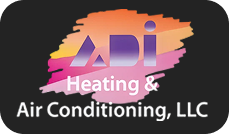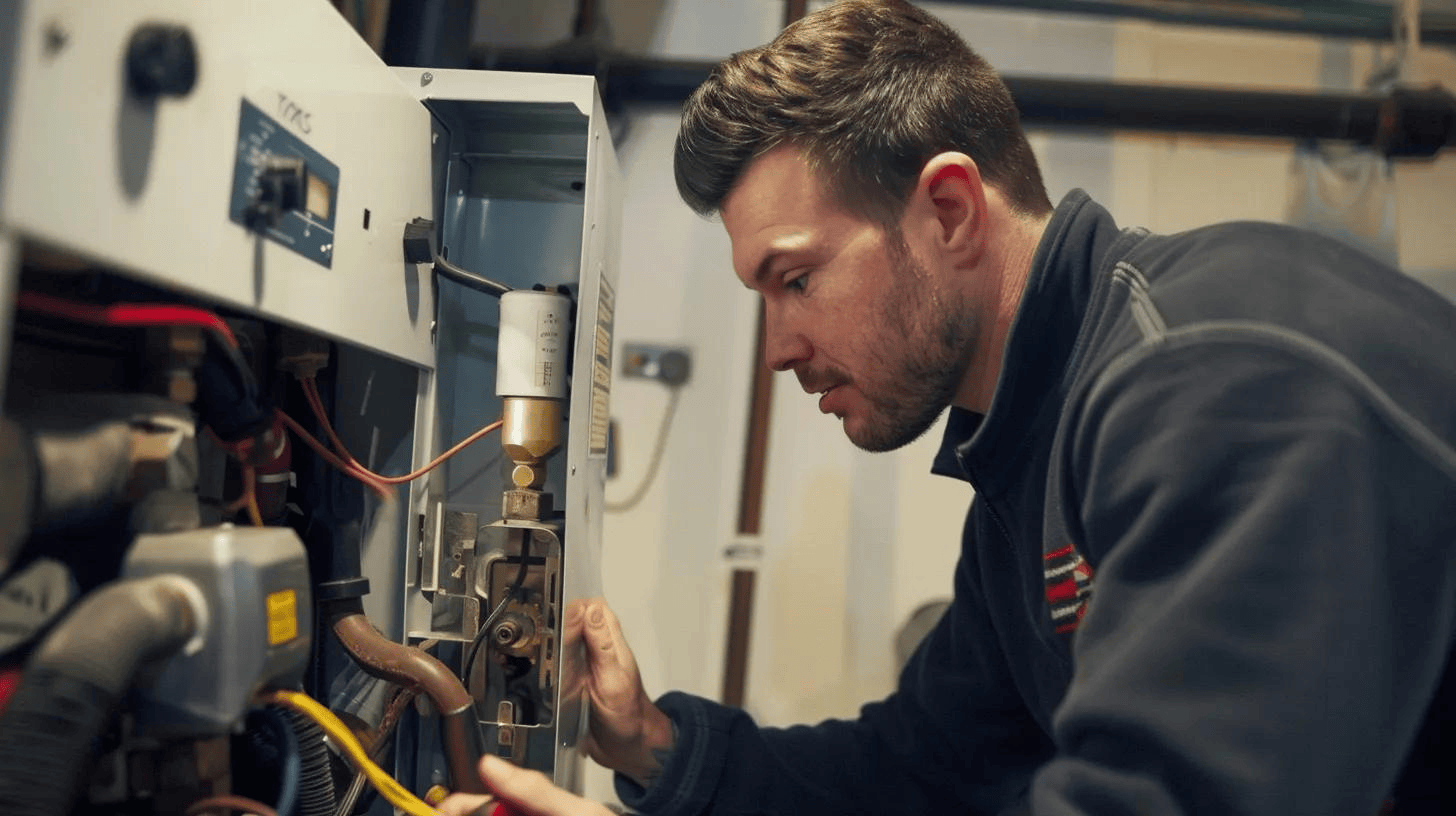IAQ Household Air Quality Testing in Washington Grove, MD
Professional IAQ Household Air Quality Testing in Washington Grove, MD
The air inside your Washington Grove home can be more polluted than outside. Professional IAQ household air quality testing is crucial to identify hidden threats like mold, VOCs, and allergens. We detail signs of poor IAQ, common indoor pollutants detected, and our meticulous multi-step testing process. This includes visual inspection, strategic sample collection, advanced lab analysis, and comprehensive reporting. Our service provides tailored recommendations, ensuring a healthier indoor environment for your family.

Professional IAQ Household Air Quality Testing in Washington Grove, MD
The air inside your Washington Grove home can be significantly more polluted than the air outside, yet it's an issue that often goes unnoticed. The Environmental Protection Agency (EPA) has identified indoor air quality (IAQ) as a major health concern. Invisible contaminants can circulate through your HVAC system, affecting your family's health, comfort, and overall well-being. Professional IAQ household air quality testing is the first and most critical step toward identifying these hidden threats and creating a healthier indoor environment. It provides a scientific, data-driven assessment of your home’s air, moving beyond guesswork to deliver clear, actionable insights.
Signs That Your Home Needs an IAQ Assessment
You may already be experiencing the effects of poor indoor air quality without realizing the cause. If you or your family members notice any of the following signs, it could indicate the presence of airborne contaminants that warrant professional testing:
- Persistent Odors: Unexplained musty, stale, or chemical smells that don't dissipate with regular cleaning.
- Worsening Allergies or Asthma: An increase in symptoms like sneezing, coughing, itchy eyes, or respiratory distress while inside the home.
- Unexplained Health Issues: Frequent headaches, dizziness, fatigue, or nausea that seems to improve when you leave the house.
- Visible Mold or Mildew: Any signs of mold growth on walls, ceilings, or in damp areas like basements and bathrooms.
- Excessive Dust: An unusual accumulation of dust on surfaces shortly after cleaning.
- High Humidity and Condensation: Moisture buildup on windows or clammy air can promote the growth of biological pollutants.
- Recent Renovations or New Furnishings: New construction materials, paint, carpeting, and furniture can release chemicals into the air.
Common Indoor Pollutants We Identify
Our comprehensive testing services are designed to detect a wide array of pollutants that can compromise your home's air. Understanding what might be present is key to addressing the problem effectively.
- Mold and Mildew: These biological pollutants thrive in damp environments. Their spores can become airborne and, when inhaled, may trigger allergic reactions, asthma attacks, and other respiratory problems.
- Volatile Organic Compounds (VOCs): These are gases emitted from various household products, including paints, cleaning supplies, new furniture, flooring, and air fresheners. High concentrations can cause eye, nose, and throat irritation, headaches, and have more serious long-term health effects.
- Particulate Matter (PM2.5 and PM10): These are microscopic particles from dust, dirt, soot, and smoke that can be inhaled deep into the lungs. They can exacerbate respiratory and cardiovascular conditions.
- Allergens: Common household allergens like dust mites, pet dander, and cockroach droppings can circulate through your ductwork, causing persistent allergy and asthma symptoms.
- Carbon Monoxide (CO): An odorless, colorless gas produced by fuel-burning appliances. It is highly toxic, and even low-level exposure can cause serious health problems.
- Bacteria and Viruses: Airborne pathogens can easily spread through a home's HVAC system, increasing the frequency of colds, flu, and other illnesses.
Our Detailed IAQ Testing Methodology
To provide you with the most accurate and reliable results, we follow a meticulous, multi-step process that combines on-site inspection with advanced laboratory analysis.
Step 1: In-Depth Consultation and Home History ReviewWe begin by discussing your specific concerns, your family’s health history, and any recent events in the home, such as water damage or renovations. This initial conversation helps us tailor the testing strategy to your unique situation.
Step 2: Thorough Visual InspectionOur certified technicians conduct a comprehensive visual inspection of your home. We examine the HVAC system, check for signs of moisture intrusion, identify potential sources of pollutants, and assess the overall ventilation and airflow.
Step 3: Strategic Sample CollectionBased on our initial findings, we collect a variety of samples for analysis. This is not a one-size-fits-all approach. We use specialized equipment, including calibrated air sampling pumps and surface swabs, to strategically gather data from different areas of your home. This may include collecting air samples to measure airborne mold spores and VOCs, as well as surface samples from areas with visible residue.
Step 4: Advanced Laboratory AnalysisThe collected samples are sent to an accredited laboratory for scientific analysis. This crucial step allows us to identify the specific types and concentrations of contaminants present. Using sophisticated techniques, the lab provides detailed data that forms the basis of our findings.
Step 5: Comprehensive Reporting and Clear RecommendationsOnce the lab results are in, we compile a detailed, easy-to-understand report. We don't just give you raw data; we interpret the findings for you, explaining what they mean for your home's health and comparing them to established safety guidelines. This report becomes the foundation for targeted, effective solutions.
From Test Results to a Healthier Home
Identifying the problem is only half the battle. Our true value lies in translating complex test results into practical, prioritized recommendations. Based on the specific pollutants found in your Washington Grove home, we will suggest tailored strategies to purify your air. These solutions are not generic; they directly address the issues uncovered during testing and can include high-efficiency air filtration systems, UV germicidal lights, whole-house humidifiers or dehumidifiers, and enhanced ventilation systems. Our goal is to provide a clear path forward, empowering you to make informed decisions that will protect your family’s health and improve your home’s comfort for years to come.






.png)
